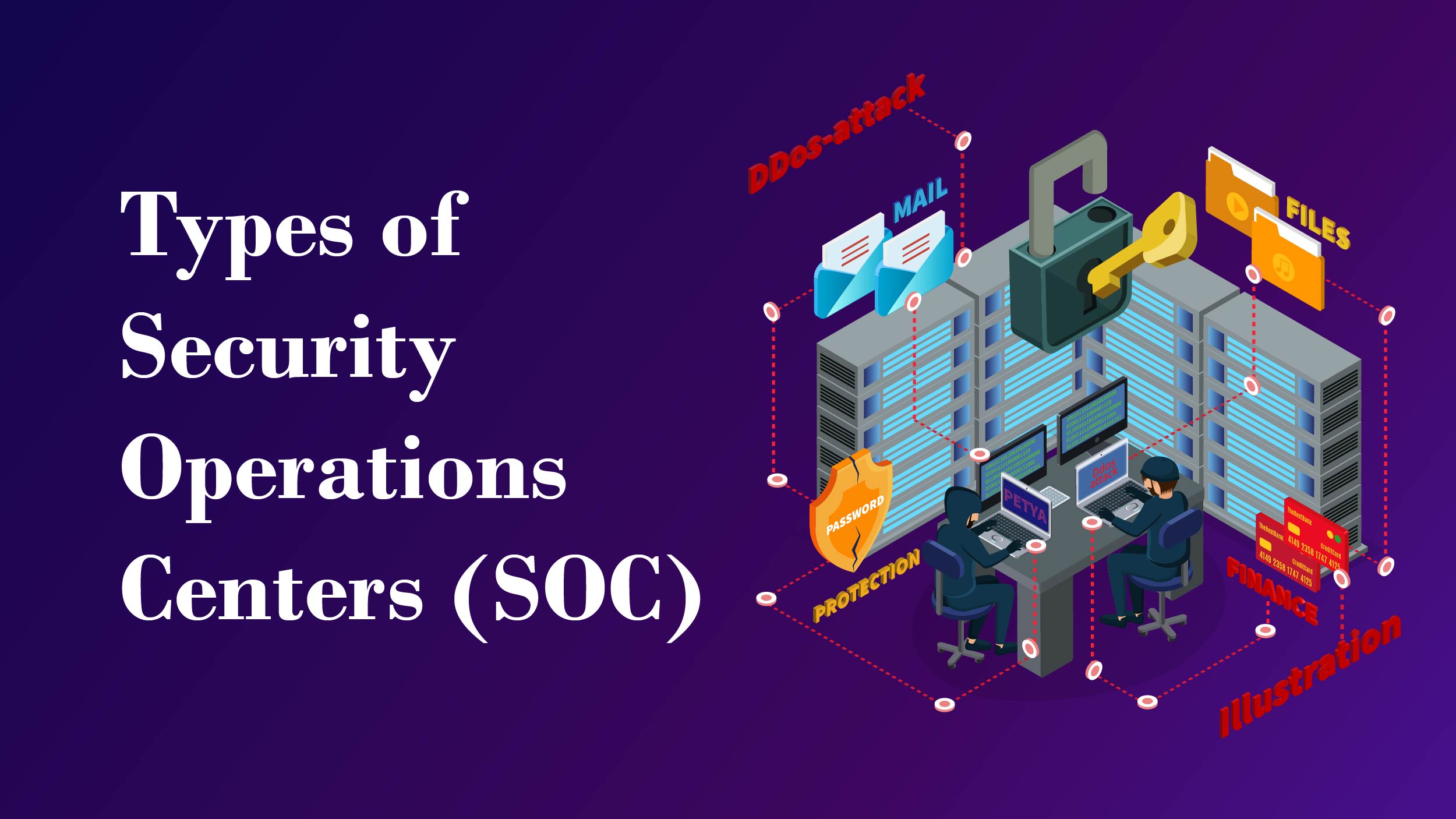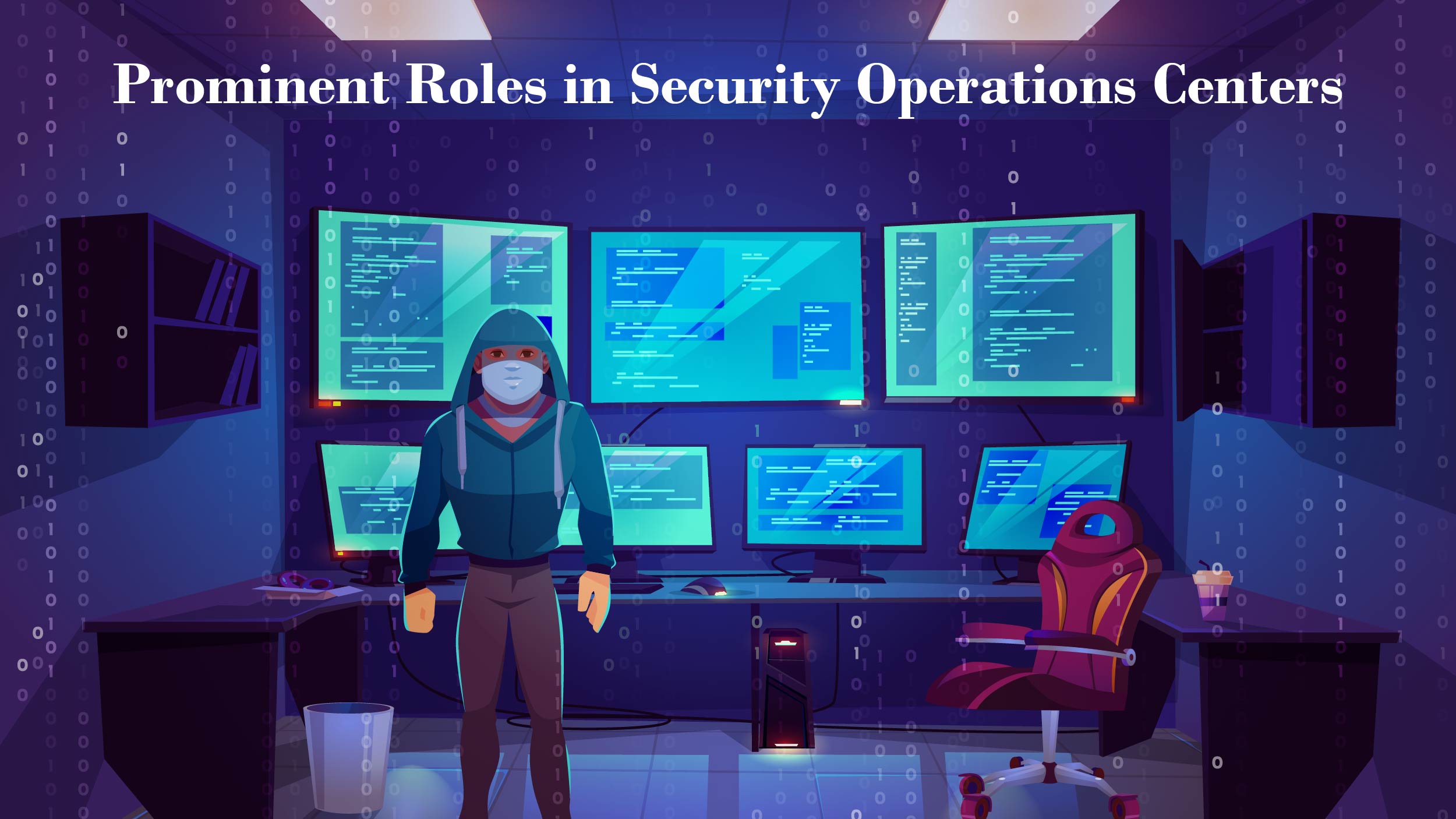In today’s interconnected digital landscape, safeguarding sensitive information and maintaining the integrity of systems is paramount. This is where security operations centers (SOCs) step into the spotlight. These nerve centers of cybersecurity are the first line of defense against an ever-evolving array of threats.
In this blog, we’ll delve deep into the world of SOCs – uncovering their vital role, core functions, and the technologies that power them.
Let’s get started!
What is the Security Operations Center?
A security operations center, or SOC, is a group of IT security professionals who monitor, detect, analyze, and investigate cyber threats for the organization. Networks, servers, computers, endpoint devices, operating systems, applications, and databases are constantly monitored for indicators of a cyber security incident. The SOC team analyzes feeds, creates rules, identifies exceptions, improves responses, and monitors for new vulnerabilities.
Organizations must first develop an overarching cyber security strategy that aligns with their business objectives and challenges before establishing a SOC. Many large organizations have their own SOC, but others outsource it to a third-party managed security services provider.
Types of Security Operations Centers (SOC)
 The three most common SOC types are internal, virtual, and outsourced, each with its unique approach:
The three most common SOC types are internal, virtual, and outsourced, each with its unique approach:
- Internal SOCs: Internal SOCs typically operate from a physical location within an organization, staffed by full-time employees working on-site.
- Virtual SOCs: Virtual SOCs are not location-dependent and consist of part-time or contracted professionals who collaborate remotely to address security issues. The relationship between the SOC and the organization is defined by specific parameters and guidelines, with the level of support varying based on the organization’s requirements.
- Outsourced SOCs: Outsourced SOCs involve the management of security functions by an external Managed Security Service Provider (MSSP) specializing in security analysis and response. These MSSPs may offer supplementary services to support an internal SOC or manage all security functions independently.
Security Operations Centers In Live Action
A security operations center team’s members are in charge of a variety of tasks, including proactive monitoring, incident response and recovery, remediation activities, compliance, and coordination and context.
Also Read: How to Use AI in SEO Content Writing to Rank Better (Google Helpful Content Update 2023)
● Proactive Monitoring
This includes examining log files. Endpoint logs (for example, a notebook computer, a mobile phone, or an IoT device) or network resources (for example, routers, firewalls, intrusion detection system (IDS) applications, and email appliances) can generate logs. Threat monitoring is another term for proactive monitoring. Security operations center team members work with a variety of resources, including other IT workers (for example, help desk technicians), artificial intelligence (AI) tools, and log files.
● Incident Response and Recovery
A SOC coordinates an organization’s ability to mitigate damage and communicate effectively in order to keep the organization running after an incident. Viewing logs and issuing alerts isn’t enough. Helping organizations recover from incidents is an important part of incident response. That recovery may include activities such as dealing with acute malware or ransomware incidents, for example.
● Remediation Activities
SOC team members conduct data-driven analysis to assist organizations in addressing vulnerabilities and fine-tuning security monitoring and alerting tools. A SOC member, for example, can recommend a better network segmentation strategy or a better system patching regimen based on information obtained from log files and other sources. A SOC’s primary responsibility is to improve existing cybersecurity.
●Compliance
Organizations protect themselves by adhering to a security policy as well as external security standards such as ISO 27001, the NIST Cybersecurity Framework (CSF), and the General Data Protection Regulation (GDPR). Organizations require a SOC to help ensure compliance with critical security standards and best practices.
●Coordination and Context
Above all, a member of the SOC team assists an organization in coordinating disparate elements and services and providing visualized useful information. One aspect of this coordination is the ability to provide a helpful, useful set of narratives for network activities. These narratives aid in the development of a company’s cybersecurity policy and posture for the future.
Prominent Roles in Security Operations Centers
 The heart of a successful enterprise cyber security program is a well-managed SOC. The SOC offers insight into a vast and complicated threat landscape. There are various roles that fulfill the responsibilities of a full-fledged security operations center for an organization. These roles define the organization’s security strategy and ensure that liability is kept to a minimum.
The heart of a successful enterprise cyber security program is a well-managed SOC. The SOC offers insight into a vast and complicated threat landscape. There are various roles that fulfill the responsibilities of a full-fledged security operations center for an organization. These roles define the organization’s security strategy and ensure that liability is kept to a minimum.
● Security analyst
The first person to respond to an incident. Their typical response consists of three stages: threat detection, threat investigation, and timely response. Security analysts should also ensure that the appropriate training is in place and that staff are capable of implementing policies and procedures. Security analysts collaborate with internal IT staff and business administrators to communicate security limitations and create documentation.
● Security engineer/architect
Keeps track of and recommends monitoring and analysis tools. They design a security architecture and collaborate with developers to ensure that it is incorporated into the development cycle. A security engineer can be a software or hardware specialist who focuses on security when designing information systems. They create tools and solutions that enable organizations to effectively prevent and respond to cyber attacks. They record procedures, specifications, and protocols.
● SOC manager
Reports to the CISO and manages the security operations team. They manage financial activities, supervise the security team, and provide technical guidance. The SOC manager is in charge of the SOC team’s activities, such as hiring, training, and evaluating employees. Other responsibilities include developing and implementing crisis communication plans, as well as creating processes and assessing incident reports. They write compliance reports, assist with the audit process, measure SOC performance metrics, and provide business leaders with security operations reports.
● CISO
Defines the organization’s security operations. They discuss security issues with management and oversee compliance tasks. The CISO makes the final decision on cybersecurity policies, strategies, and procedures for the organization. They also play an important role in compliance and risk management, and they put policies in place to meet specific security requirements.
Inferring on This..
Security Operations Centers stand as the linchpin of modern cybersecurity strategies, acting as vigilant guardians against an evolving landscape of threats. Their integrated approach, combining advanced technology with human expertise, fortifies organizations’ defenses and ensures rapid response to potential breaches. As cyber threats continue to grow in sophistication, investing in robust SOC capabilities is not just a choice, but a necessity for safeguarding digital assets and maintaining trust in the digital age.


Comments are closed.